|
Updated Jan. 10, 2023 Although Canon was not the first to the 35mm lens-shutter AF (auto focus) party with their Sure Shot (aka AF35M in Europe, aka Autoboy in Japan) model, with it they did introduce the auto focus technology that would come to dominate that burgeoning market until digital came on the scene. Not to mention, the Sure Shot was the first compact 35mm to combine AF with automated film winding and rewinding at the push of a button, i.e. the first proper Point & Shoot. The Sure Shots would go on to be the most commercially successful P&S lineup for the next 25 years.
0 Comments
Updated June 18, 2022 In our previous article, we started searching for a possible precedent in the film SLR era for today's sea-change in the digital (and DSLR, in particular) age. Is Canon president Fujio Mitarai's forecast of a possible 50% reduction in digital camera sales within the next two years overly pessimistic? (UPDATE: As it turned out the decline from 2018 to 2020 came to 55%, so no it wasn't :-)) Sigma Corporation president Kazuto Yamaki's recent comparison of the current state of transition from DSLRs to Mirrorless ILCs (Interchangeable Lens Cameras) with the MF to AF SLR transition of the late-'80s begs further investigation. So, just how quickly did the transition from manual focus (MF) to auto focus (AF) SLRs as far as market dominance actually take in the late-1980's? Before we answer that, let's identify our Cast of Corresponding Characters. Today, weathersealing is taken for granted as a common, although not ubiquitous, feature in cameras. Over 30 years ago, however, it was rare in professional SLRs (the Pentax LX being the only model with what would now be considered to be even a modicum of such protection) and non-existent as far as any enthusiast or consumer-level 35mm model went. A plastic bag and some elastics were the standard means of improving the survivability of your rig in the rain or at the beach, with all of the compromises that implies. The time was ripe for innovation. And who better than Olympus to shake things up? The 1980s were the heyday of the quality, yet relatively affordable, automatic auto focus (AF) 35mm camera. Competition was intense between manufacturers, and they were constantly trying to leapfrog one another in features and capability. Every year saw some kind of improvement until about 1988 or so, when the inevitable "race to the bottom" really started to heat up. Within this era, the years from 1983 to 1987 were arguably the high-water mark for quality and innovation, and some ingenious engineering. In this article, we are going to key in on a quirky category of cameras that served as a bridge between the original, fixed-focal-length AF point & shoots and the first P&S zooms: the temporary titans of P&S technology..the twin-lens (or bifocal) AFs. The history of Kodak is a very human one with examples of ingenuity, tenacity, and decisiveness, alongside of arrogance, complacency, and fallibility. Much has been written about the brilliance of George Eastman in creating a mass market for photography and his company's subsequent mastery of that market for a century. More recently, the bulk of analysis has focused on the fall of Kodak from dominance and the underlying causes. 130+ years is not a small field of study by any means, so let's examine just a 25-year slice of Kodak's life that will illustrate how Kodak transitioned from a proactive, anything-but-complacent juggernaut to an increasingly reactionary player in the photography market. The period from 1963 to 1988 is a fascinating one as it contains the best and worst of Kodak. With a major SLR slump under way, the early-to-mid-1980s were the golden age of the compact AF (auto focus) 35mm camera. Many snapshooting consumers, who had been sucked in by the snake-oil promise of SLRs that did everything for you, now turned to what they had really needed all along: relatively affordable compact AF models. Innovations were coming fast and furious, and widespread cost-cutting had yet to enter the picture. All of the major (and most of the smaller) manufacturers had at least one high-quality entrant in the hotly-contested 35mm f/2.8 category. By the late '80s, however, the bean-counters and the public's clamor for zoom lenses ensured the demise of the capable, yet economical, AF compact. But let's go back to the boom days of... |
C.J. OdenbachSuffers from a quarter-century and counting film and manual focus SLR addiction. Has recently expanded into 1980's AF point and shoots, and (gack!) '90s SLRs. He even mixes in some digital. Definitely a sick man. Categories
All
Archives
June 2024
|
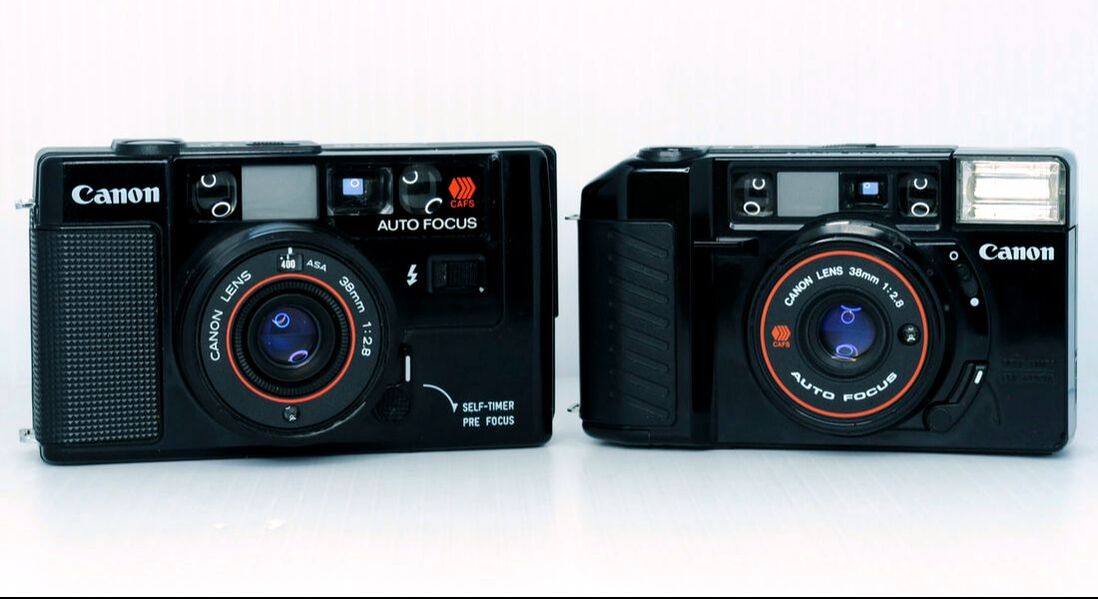
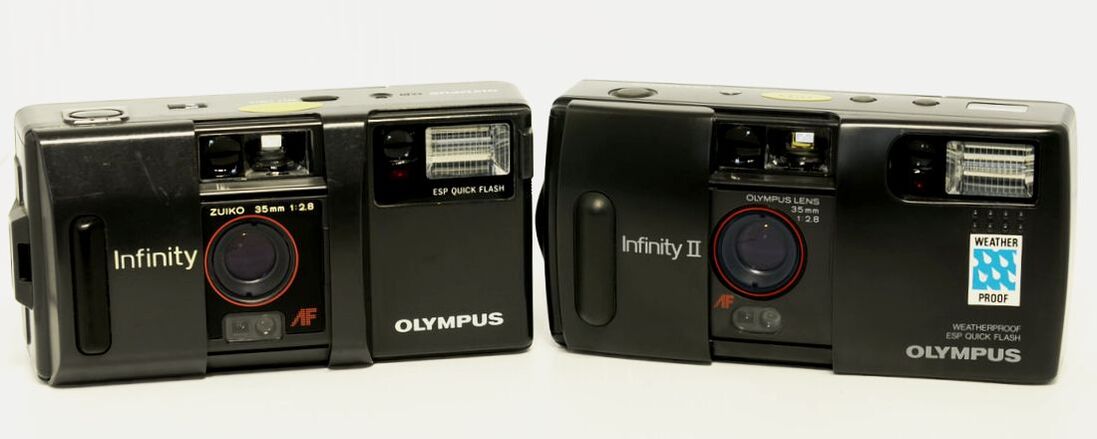
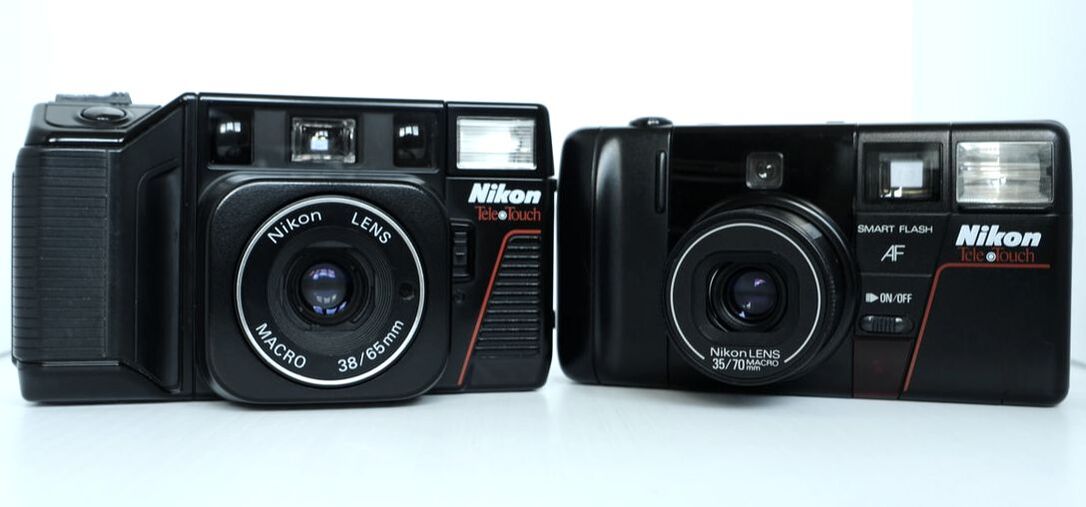
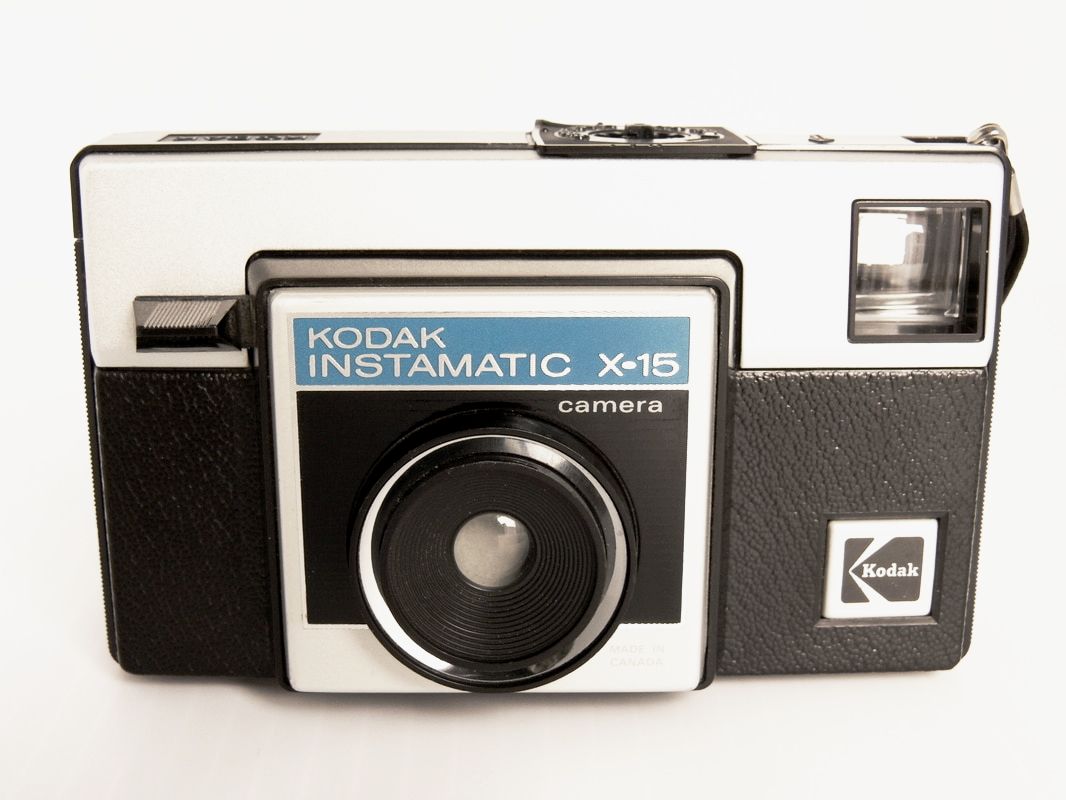
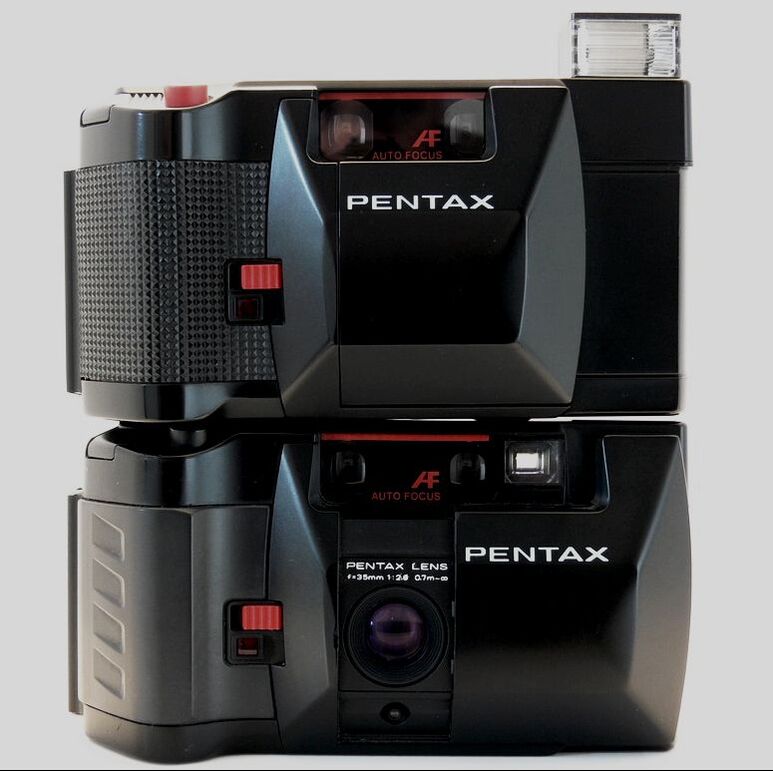
 RSS Feed
RSS Feed